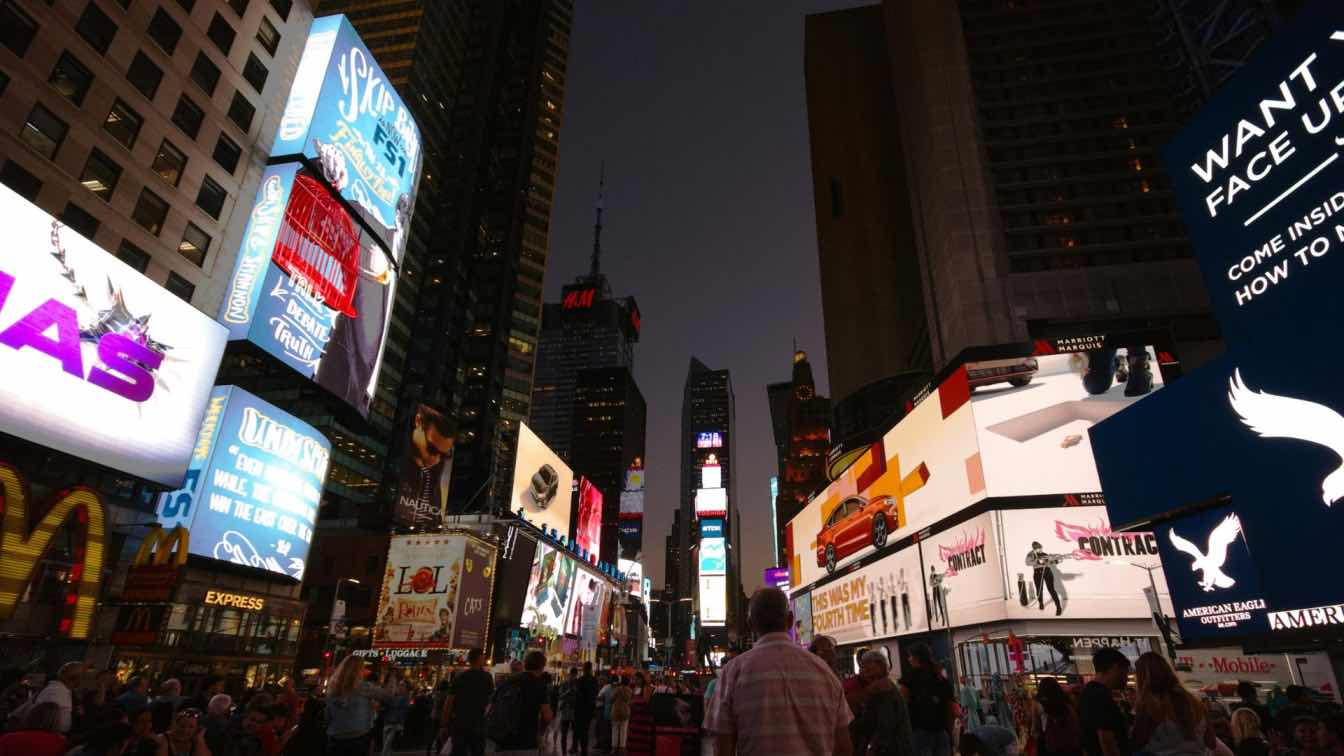Outdoor advertising is one of the most powerful tools to grab attention and communicate your message effectively. By leveraging creative design principles and understanding audience behavior, you can ensure your ads remain memorable. Outdoor advertising serves as a key touchpoint in a comprehensive marketing strategy, reinforcing your brand's visibility.
Focus on Simplicity and Clarity
Your outdoor ad has only a few seconds to make an impression. The message should be short, clear, and impactful. Avoid overloading it with excessive details or technical jargon, especially if you’re using outdoor pole banners that don’t take up much space but need to be effective. Use language that your audience understands and finds relatable.
A memorable tagline or a single powerful statement works wonders. By focusing on one key idea, you make it easier for viewers to grasp your message quickly. Keeping your message simple increases its shareability and recall value.
Limit Visual Clutter
Choose one key image or visual element that directly supports your message. Overcomplicating the design can confuse viewers and cause them to overlook your ad entirely.
Keep the focus tight and purposeful. An uncluttered design ensures that your audience immediately understands the ad's purpose. Simplified visuals also make it easier for the message to stand out in busy environments.
Use Bold Fonts and Colors
Your typography and color choices must be bold enough to grab attention even from a distance.
1. High-contrast colors like black and yellow or red and white often work well. Ensure the font is legible, even when viewed from far away, and avoid overly decorative typefaces.
2. Well-chosen colors can evoke emotions that align with your brand's message. Bold fonts ensure that your ad remains readable, even in fast-paced settings like highways or transit stops.
Leverage Location Strategically
To maximize visibility, place your ad where your audience frequents the most. Whether it’s busy intersections, subway stations, or highways, a prime location amplifies the chances of your ad being seen by a larger audience. Strategic placement ensures you capitalize on high footfall or vehicular traffic. Selecting locations with consistent exposure increases the likelihood of repeated impressions.
Consider Sightlines and Angles
The physical placement of your ad matters as much as its content. Ensure it’s installed at a height and angle that’s easily viewable.
Ads that are partially obstructed or placed too high or low risk being missed altogether. Proper placement ensures maximum visibility and accessibility for your audience. Adjusting angles to match traffic flow or pedestrian sightlines further enhances ad performance.
Design With Visual Impact
Sharp, vibrant images draw attention and elevate the overall appeal of your ad. Invest in professional-grade photography or graphics that convey your message. Avoid pixelated or low-resolution visuals as they can undermine credibility. High-quality visuals convey professionalism and trust, which are crucial for brand perception. Compelling imagery can also evoke emotions, making your ad more memorable.
Integrate Branding Seamlessly
Your brand identity should be prominent yet harmonious within the design. Logos, brand colors, and taglines must be visible without overpowering the core message.
A well-balanced design enhances recognition and reinforces brand recall. Subtle branding cues can create subconscious connections with your audience. Consistency in branding across ads builds familiarity and trust over time.
Make It Specific and Actionable
A compelling call to action (CTA) turns interest into engagement. Use precise directives like “Visit Us Today,” “Call Now,” or “Scan the QR Code for More” to guide your audience toward the desired next step. Clear CTAs reduce confusion and help your audience know exactly what to do next. Actionable language encourages immediate interaction with your ad.
Create a Sense of Urgency
Phrases like “Limited Time Offer” or “Ends Soon” encourage immediate action. An urgent tone paired with an incentive, such as a discount or exclusive offer, can effectively drive responses. Time-sensitive CTAs create a fear of missing out, which motivates quicker decisions. Adding a deadline to your offer amplifies the sense of urgency.
Evaluate and Optimize
Use tools like tracking codes, QR codes, or specific landing pages to assess their impact. Data insights reveal what’s working and what needs improvement. Monitoring performance enables you to allocate resources effectively. It also helps identify trends and areas for innovation in future campaigns.
Experiment With Variations
Sometimes, small tweaks can yield significant results. Test different headlines, visuals, or locations to identify the combination that drives maximum engagement. A/B testing helps refine your approach. Experimentation also keeps your advertising strategy dynamic and adaptive. Continuously iterating ensures your ads remain relevant and impactful.
Refresh Your Ads Regularly
Outdoor ads can grow stale over time. Refreshing the design, messaging, or format keeps your audience engaged. Rotate your ads periodically to maintain their effectiveness and adapt to changing trends. Updating your ads demonstrates your brand's vibrancy and relevance. Regular updates also allow you to align with seasonal themes or current events.
Simplicity, location, impactful design, clear calls to action, and ongoing optimization are key components to success. By focusing on these elements, you can ensure your ads capture attention and drive meaningful engagement. The right approach transforms outdoor advertising into a catalyst for business growth. The outdoor advertising space offers limitless opportunities to amplify your brand’s presence. With the right approach, your ads can stand out, leave a lasting impression, and ultimately contribute to your business’s growth.





